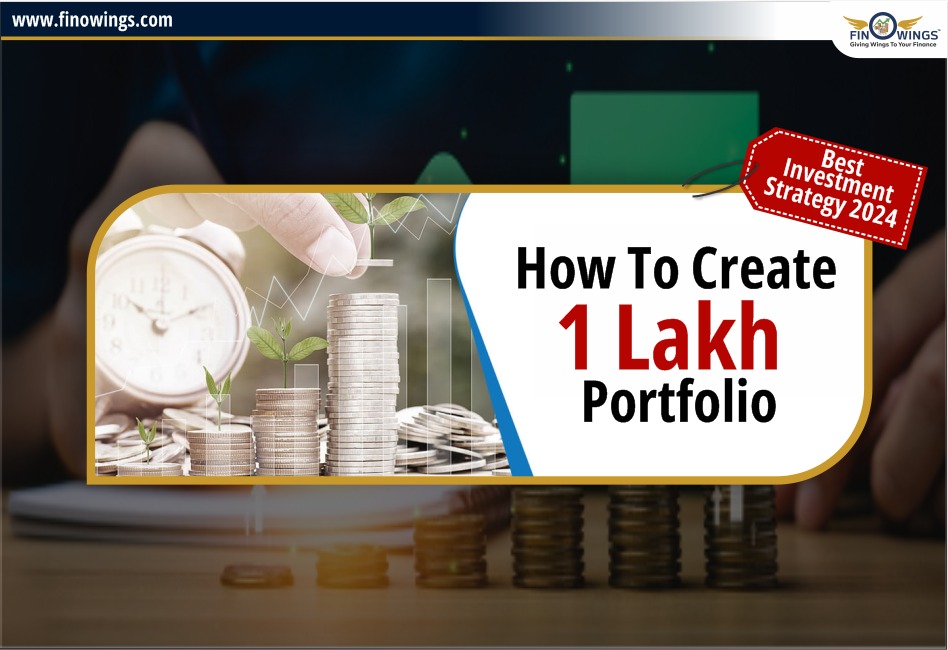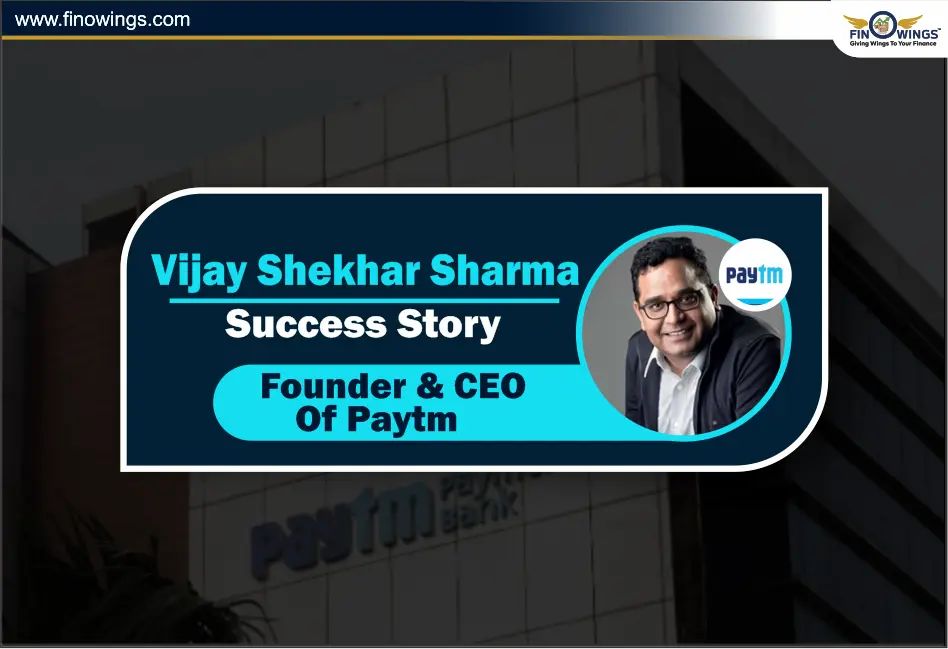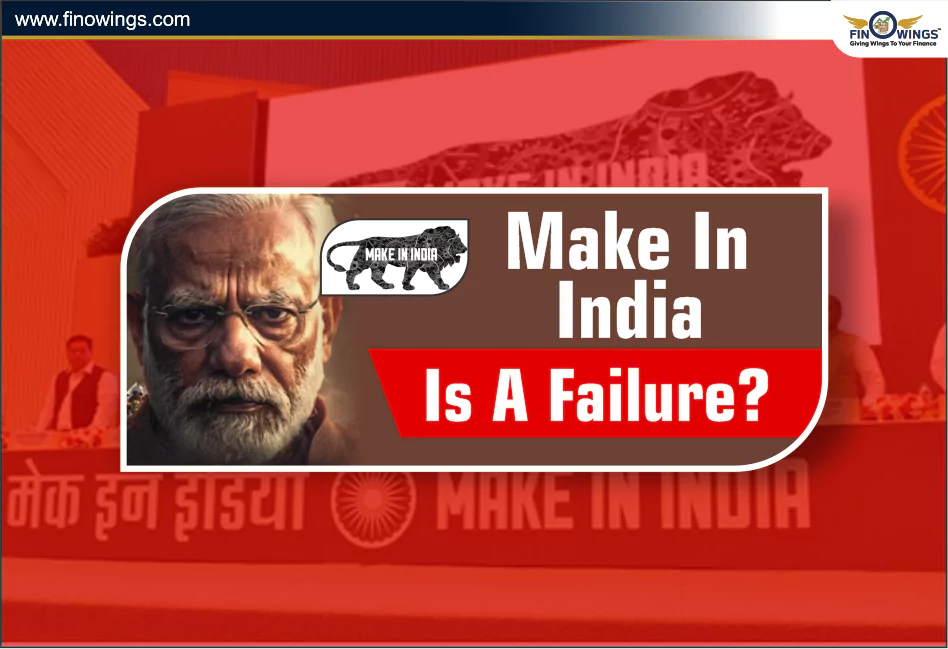Home >> Blog >> How to Create 1 Lakh Portfolio | Best Investment Strategy 2024
How to Create 1 Lakh Portfolio | Best Investment Strategy 2024

Table of Contents
Introduction to Investing 1 Lakh
Investing your first 1 lakh can be an exciting yet daunting experience. With the market fluctuating and numerous investment options available, it's essential to have a clear strategy. This guide will help you understand the journey of investment and how to create a diversified portfolio with ₹1 lakh.
Understanding Investment Goals
Before diving into investments, it's crucial to define your goals. Knowing what you aim to achieve will guide your investment choices. Goals can vary widely:
- · Capital Appreciation
- · Income Generation
- · Wealth Creation
- · Saving for Children's Marriage
Each goal will influence the type of assets you select. Without a clear goal, it's challenging to make informed investment decisions.
Assessing Risk Tolerance
Risk tolerance is the amount of risk you are willing and able to take. Everyone's risk capacity is different, influenced by factors like age, financial situation, and investment goals.
For instance:
· Senior citizens (50-60 years): Lower risk tolerance, prefer large cap or mutual funds.
· Younger individuals (25-35 years): Higher risk tolerance, can invest in small cap, mid cap, and large cap stocks.
Adjust your investment strategy according to your risk tolerance to balance potential returns and risk.
Detailed Video:
Determining Time Horizon
Time horizon is the length of time you plan to hold an investment before needing the money. Your time horizon significantly impacts your investment choices.
- · Short-term (less than 1 year): Not suitable for stock market investments.
- · Medium-term (1-3 years): Requires careful selection of less volatile investments.
- · Long-term (3-5 years or more): Suitable for stock market investments, including small and mid-cap stocks.
Investing with a long-term perspective usually yields better returns and reduces the impact of market volatility.
Tax Implications
Each investment type has its own tax implications. Understanding these can help you make more efficient investment decisions. Frequent buying and selling can increase brokerage costs and affect tax liabilities.
Consider options like Individual Retirement Accounts for tax advantages. Be mindful of how your investment activities impact your overall tax situation.
Market Conditions
Market conditions play a crucial role in asset allocation. Understanding the relationship between different markets (cash, bonds, etc.) helps in making informed decisions.
For example, during a bull run, equity investments might perform well, while in a bear market, bonds might be safer. Adjust your portfolio according to prevailing market conditions to optimize returns.
Diversification
Diversification involves spreading your investments across different asset classes to reduce risk. A well-diversified portfolio includes a mix of stocks, bonds, gold, and other assets.
By diversifying, you minimize the impact of poor performance in any single investment. Ensure the above five points are complete before finalizing your diversified portfolio.
Creating a Sample Portfolio
Let's create a sample portfolio for a young investor (25-35 years) aiming for capital appreciation. This portfolio will focus on small cap and mid cap stocks due to their higher risk-reward ratio.
- · Renewable Energy
- · Pharma
- · Electric Vehicles (EV)
- · Solar
- · Artificial Intelligence (AI)
- · Drones
- · Infrastructure
- · Railways
Invest an equal amount in each sector to maintain balance. For instance, if you have ₹1 lakh, allocate ₹12,500 to each sector.
Monitoring and Adjusting Your Portfolio
Once your portfolio is set, regularly monitor its performance. Market conditions and personal circumstances change, so be ready to adjust your investments accordingly.
Stay informed about market trends and sector developments. This proactive approach helps in making timely adjustments to optimize returns and manage risks.
Conclusion
Investing your first 1 lakh requires careful planning and a clear understanding of your goals, risk tolerance, and market conditions. By following the steps outlined in this guide, you can create a diversified portfolio that maximizes returns while managing risks.
If you have any questions or doubts, feel free to ask in the comments. Share this guide to help others learn how to invest wisely. Thank you.
Disclaimer: This Market Analysis is only for informational purposes and should not be considered as investment advice. Always do your research and consult with a financial advisor.
Frequently Asked Questions
The first step is to define your investment goals. Determine whether you aim for capital appreciation, income generation, wealth creation, or saving for specific future needs. Clear goals will guide your investment decisions and help you choose the right assets.
Risk tolerance is influenced by factors like age, financial situation, and investment goals. Younger individuals typically have a higher risk tolerance and can invest in more volatile assets like small and mid-cap stocks. Older individuals or those nearing retirement may prefer lower-risk investments such as large-cap stocks or mutual funds.
Your time horizon, or the length of time you plan to hold an investment, significantly impacts your investment choices. Short-term investments (less than 1 year) are generally not suitable for stocks due to market volatility. Long-term investments (3-5 years or more) can include small and mid-cap stocks, which have the potential for higher returns.
Different investments have varying tax implications, which can influence your overall returns. Frequent trading can lead to higher brokerage costs and tax liabilities. Understanding tax-advantaged accounts like Individual Retirement Accounts (IRAs) and the tax impact of your investment activities can help optimize your portfolio.
Diversification reduces risk by spreading investments across different asset classes. A diversified portfolio minimizes the impact of poor performance in any single investment. For instance, investing equally in various sectors such as renewable energy, pharmaceuticals, electric vehicles, and AI can help balance risk and reward.




















